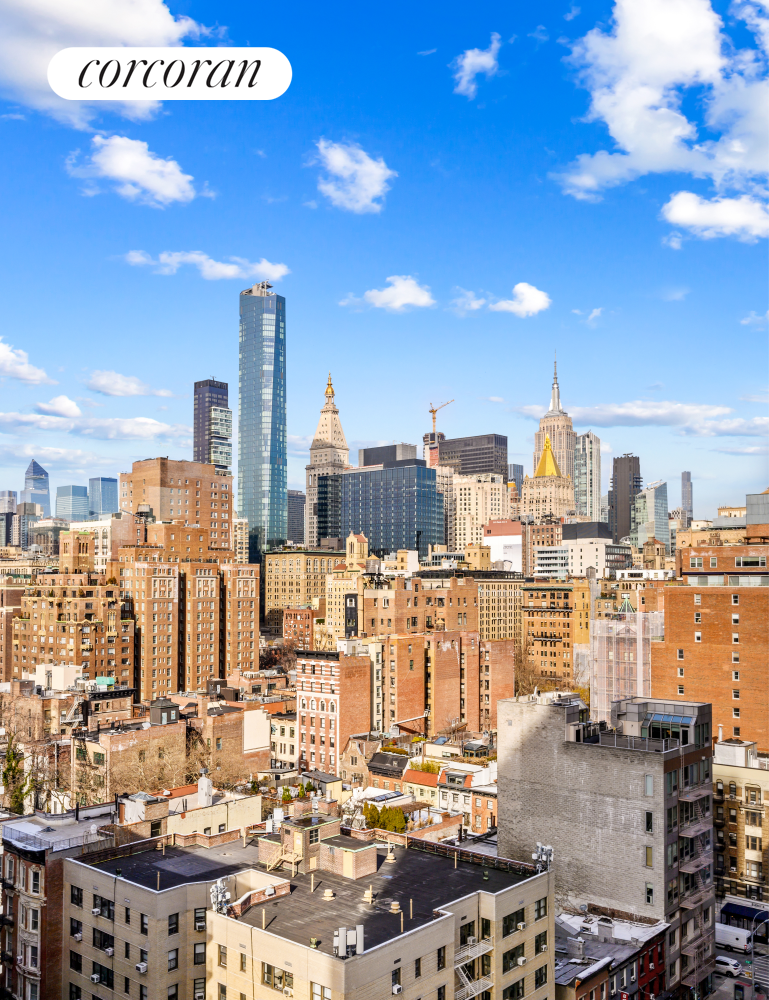/fit-in/500x500/neighborhood/UmbracoCMS/a31cd473-b99b-4938-b32b-a6ee2ffc65db/6c6f7c47-5ad0-413c-b035-901584049a81/638068066236100000?w=3840&q=75)
Gramercy Commerce & Culture
Of all the notable names to hold the key to Gramercy Park, Edwin Booth — often regarded as the finest stage actor to portray Hamlet — perhaps looms largest. After all, there’s a statue of him in there. Booth also founded The Players out of his 16 Gramercy Park mansion, creating a social club and pseudo-museum of American and British theater that persists today. Lexington Avenue and Irving Place exist because of Gramercy Park but will never meet because of it — despite multiple failed plans to link them, including via cable car. Instead, the twin thoroughfares (with help from Third and Park avenues) boost the area’s appeal with a host of fantastic eateries. Sample cuisines from the Americas, Europe, and Asia without even changing zip codes. Items Gramercy lacks can only be attributed to its relatively small size. Luckily, anything missing is easily found nearby in Union Square, the Flatiron District, and the East Village.
/fit-in/1500x1500/neighborhood/UmbracoCMS/a31cd473-b99b-4938-b32b-a6ee2ffc65db/37363141-b0da-48ec-82df-f062dcd87166/637883163556870000?w=3840&q=75)

